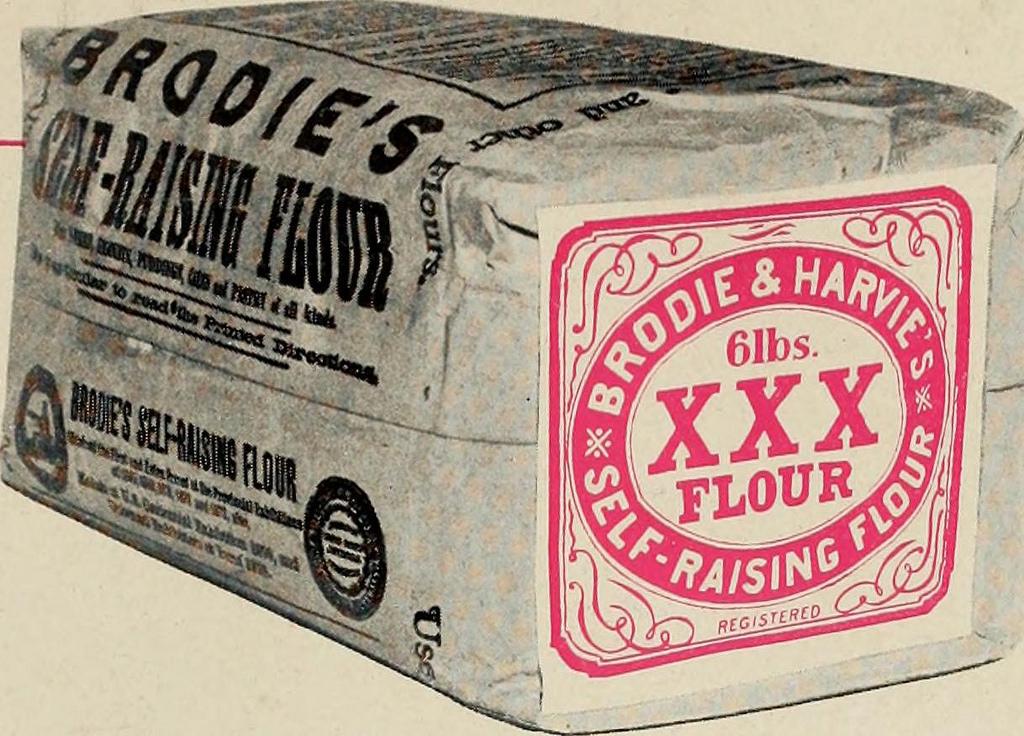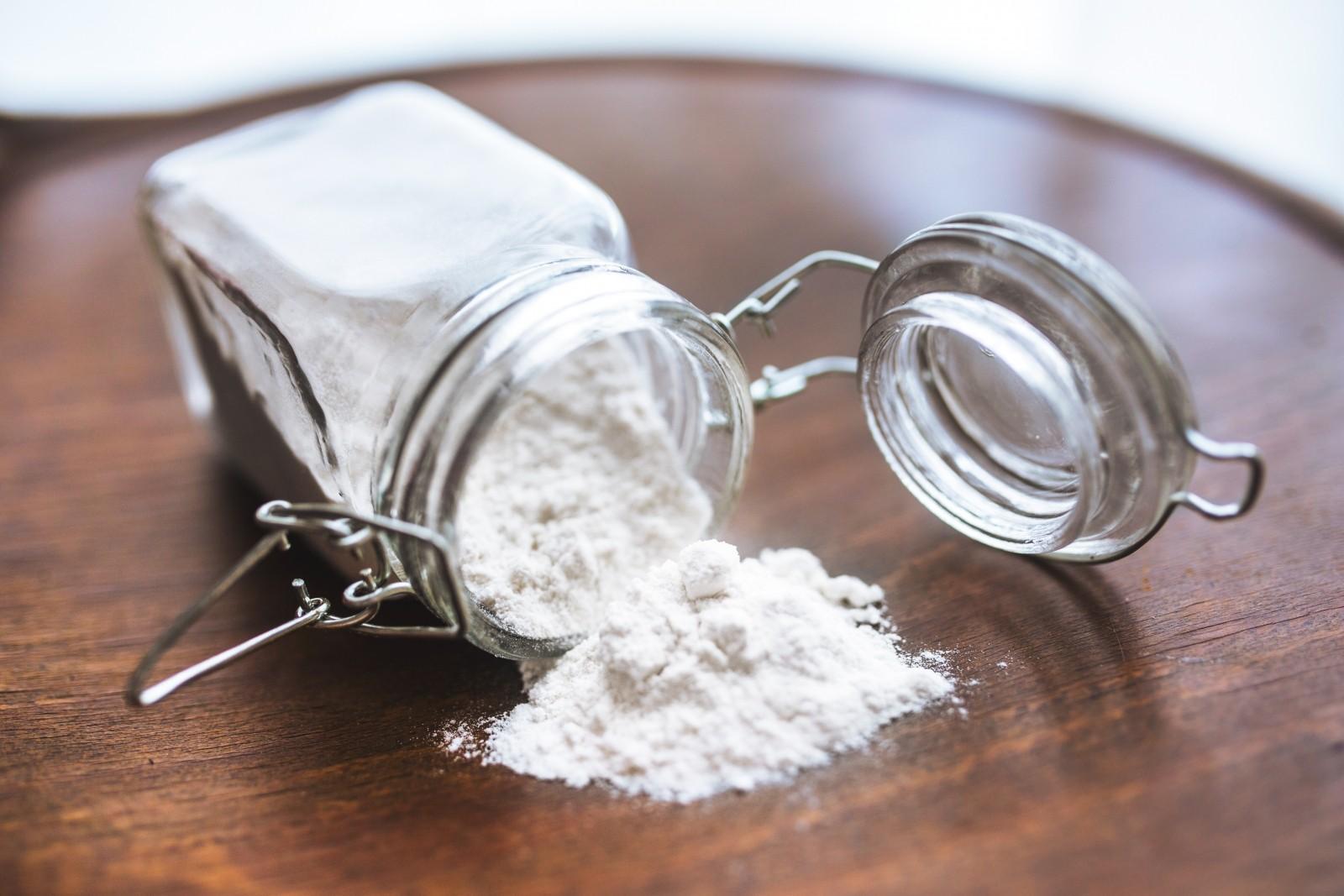What Is the Difference between Self-raising Flour and Plain Flour


The main difference between self-raising flour and plain flour is that self-raising flower contains dried yeast to make cakes raise, while plain flour is made of refined wheat only.
The more you seem to cook, the more you stumble upon unfamiliar terms. Recipes are brimming with terms and product classifications and even the most basic of ingredients, such as varieties of sugar or flour, can leave us confused. Maybe right now you are following a recipe that calls for the use of self-raising flour or plain flour. Do you know what distinguishes them? If not, let us at oneHOWTO explain the difference between self-raising flour and plain flour.
Self-raising flour
Self-raising flour contains dried yeast which is used to help cakes and other desserts rise better, making them mouthwateringly fluffy. Desserts such as sponge cakes often contain this kind of flour, so they become big and fluffy.
Self-raising flour is typically used for desserts. In some countries, it's known as cake flour.

Plain flour
Plain flour is known as all-purpose flour in some countries. It is used to make pizza base, bread and certain types of biscuits. It contains no yeast and therefore, unless you have self-raising flour, you'll need to add yeast or baking powder for certain recipes. Plain flour only contains refined wheat. If you want the whole version, you should look for whole wheat flour.
Some people prefer to use plain flour due to its versatility but remember to add yeast to it if you are making desserts like sponge cake. Also, because the yeast needs to be added by you, you should make sure you mix it well into the plain flour to get a good result.

Follow the recipe
It gets quite a bit of practice to understand whether plain flour or self-raising flour works best for a given recipe. What is especially hard is to understand how much yeast should be added to plain flour. So, until you become a pro, follow the quantities given in the recipe to the letter.
Finally, regarding the difference between self-raising flour and plain flour, you will be able to find both products easily in supermarkets, and they are clearly labelled as "self-raising flour" or "plain flour", so there isn't too much left to the imagination.
If you like different types of flours, do not miss this article on how to make buckwheat flour.
If you want to read similar articles to What Is the Difference between Self-raising Flour and Plain Flour, we recommend you visit our Food & drink category.






